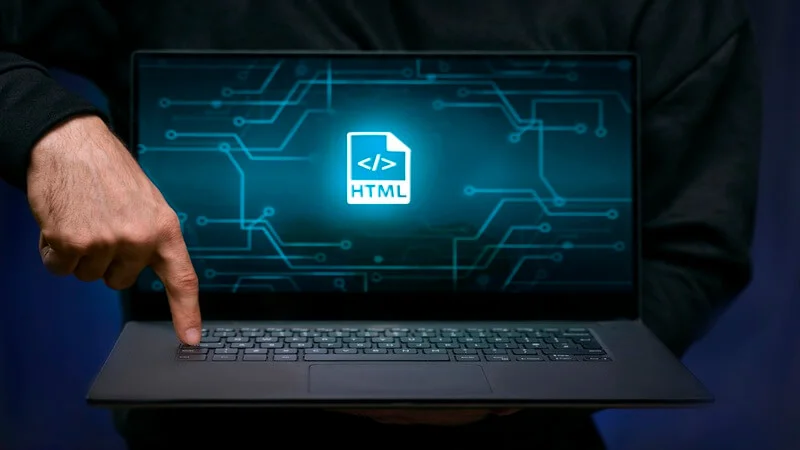The keyword lna2u9h2f1k7 may look like a random string of letters and numbers, but in today’s digital world, such unique identifiers play an increasingly vital role. From software development to data security and product tracking, codes like lna2u9h2f1k7 often act as anchors for systems that need precision and uniqueness. This article explores the origins, possible uses, and future potential of lna2u9h2f1k7, offering a detailed understanding of why these seemingly cryptic codes matter.
Understanding What lna2u9h2f1k7 Represents
At first glance, lna2u9h2f1k7 seems like a random alphanumeric sequence. In reality, identifiers of this kind are intentionally generated to be unique and difficult to guess. They may serve several purposes:
-
Database Keys: Developers use unique keys such as lna2u9h2f1k7 to ensure that each entry in a database can be referenced without conflict.
-
Product Tracking: In logistics and supply-chain systems, a code like lna2u9h2f1k7 might correspond to a batch, shipment, or individual product, allowing accurate tracking across global networks.
-
Security Tokens: Randomized strings are essential for authentication processes, ensuring that secure links or transactions remain protected from tampering.
Because of its complexity and non-repeating nature, a code like lna2u9h2f1k7 can be generated by hashing algorithms or random number generators to prevent duplication.
The Importance of Unique Identifiers in Technology
Unique identifiers such as lna2u9h2f1k7 underpin many aspects of modern technology. Here’s why they are so critical:
-
Data Integrity
In relational databases, every record must be distinct. A unique string guarantees that no two records conflict, which is essential for scalability and reliability. -
System Security
In cybersecurity, unpredictable tokens help protect user accounts and encrypted communications. Codes like lna2u9h2f1k7 are nearly impossible to guess, providing an extra layer of defense. -
Seamless Communication
When systems share information across servers, unique keys ensure that messages are routed correctly and without duplication.
Without these identifiers, digital ecosystems—from cloud storage to e-commerce platforms—would face issues of overlap and potential breaches.
How lna2u9h2f1k7 Could Be Generated
While the specific origin of lna2u9h2f1k7 is unknown, such strings are typically produced using one of the following methods:
-
Cryptographically Secure Random Generators: These leverage strong algorithms to produce unpredictable results.
-
Hash Functions: Converting data (like a timestamp and user ID) into a hash ensures uniqueness while keeping the original information private.
-
UUID Standards: Universally Unique Identifiers create 128-bit numbers that appear as alphanumeric strings.
The goal is always to produce a code that no attacker or ordinary user can predict.
Practical Applications of Codes Like lna2u9h2f1k7
1. Digital Product Licensing
Software companies frequently generate license keys similar to lna2u9h2f1k7 to validate purchases. This practice protects against piracy and enables easy activation.
2. Inventory and Supply Chains
Global logistics depend on tracking numbers. A code like lna2u9h2f1k7 could represent a single parcel’s journey from manufacturer to consumer.
3. Secure Links and Tokens
Email verification links, password-reset URLs, and session tokens often contain complex strings. By embedding a code like lna2u9h2f1k7, platforms ensure the link is both unique and temporary.
4. Blockchain and NFTs
Within blockchain technology, transaction IDs and token identifiers rely on long, random strings for transparency and immutability.
Benefits of Using Strong Unique Identifiers
-
Unpredictability: Reduces the chance of fraud or duplication.
-
Scalability: Supports large databases and global systems without conflicts.
-
Traceability: Simplifies auditing and record-keeping.
By employing identifiers such as lna2u9h2f1k7, organizations gain security and operational efficiency.
Potential Risks and Best Practices
While codes like lna2u9h2f1k7 offer many advantages, poor implementation can create issues:
-
Insufficient Length: Short codes may lead to collisions.
-
Weak Randomization: Predictable patterns compromise security.
-
Exposure in Logs: Publicly displaying such identifiers without encryption could invite attacks.
Best Practices Include:
-
Using cryptographically secure random generators.
-
Encrypting or hashing identifiers before storage.
-
Regularly auditing systems to detect unauthorized access.
Future Outlook: The Evolving Role of Identifiers
As artificial intelligence, blockchain, and the Internet of Things expand, the demand for secure, unique identifiers like lna2u9h2f1k7 will only increase. Future trends may include:
-
Quantum-Resistant Algorithms: Preparing for the computational power of quantum computers.
-
Self-Describing IDs: Codes that include embedded metadata for easier parsing.
-
Cross-Platform Universality: Standards allowing identifiers to function seamlessly across diverse ecosystems.
These advancements will make strings like lna2u9h2f1k7 even more critical in protecting data and ensuring smooth global operations.
Conclusion
The alphanumeric code lna2u9h2f1k7 symbolizes more than a random sequence. It highlights the essential role unique identifiers play in securing systems, tracking products, and maintaining data integrity. As technology advances and digital threats evolve, the need for robust, unpredictable codes will only grow. Whether you’re a developer, business owner, or curious reader, understanding the significance of strings like lna2u9h2f1k7 provides insight into the invisible architecture that keeps our connected world functioning safely and efficiently.
